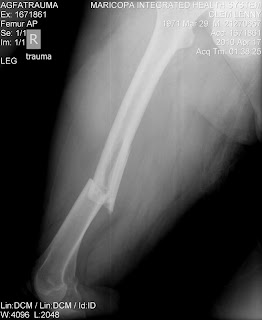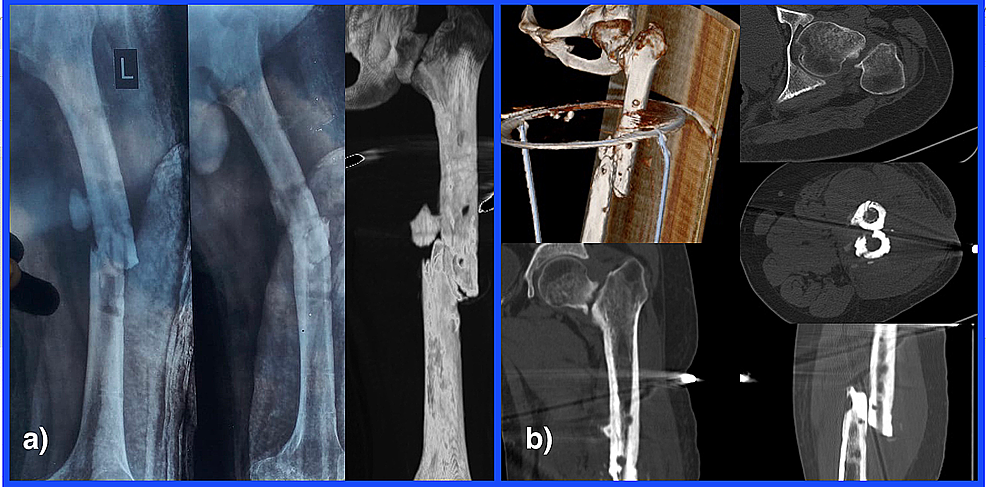

MACI is most useful for younger patients who have single defects larger than 2 cm in diameter. The cells are cultured on a collagen matrix (a biologic scaffold) and increase in number over a period of 1 month.Īn open surgical procedure, or arthrotomy, is then done to implant the newly grown cells onto another collagen matrix, which is secured within the defect using fibrin glue (a biologic adhesive). The tissue which contains healthy cartilage cells, or chondrocytes, is then sent to the laboratory. This step is done as an arthroscopic procedure. MACI is a two-step procedure in which new cartilage cells are grown and then implanted in the cartilage defect.įirst, healthy cartilage tissue is removed from a non-weightbearing area of the bone. Matrix-induced Autologous Chondrocyte Implantation (MACI) It can be done with an arthroscope, but instead of drills or wires, high-speed burrs are used to remove the damaged cartilage and reach the subchondral bone.Ībrasion arthroplasty also produces fibrocartilage, not hyaline cartilage, so it, too, is most beneficial for treating smaller lesions in lower demand patients. It can potentially affect the outcomes of future cartilage restoration procedures in young active patients.Ībrasion arthroplasty is similar to drilling.The heat of the drill may cause injury to some of the tissues.

Like microfracture, drilling yields fibrocartilage, not hyaline cartilage. The subchondral bone is penetrated to create a healing response. Multiple holes are made through the injured area in the subchondral bone with a surgical drill or wire. The procedure can be done with an arthroscope. Similar to microfracture, drilling stimulates the production of healthy cartilage. During microfracture, an awl is used to penetrate the defect (right). A large cartilage defect in the knee joint surface (center). Normal healthy articular cartilage in the knee (left). While not as durable as the normal hyaline cartilage of the joint surface, fibrocartilage can be helpful for repairing smaller lesions (areas of damage). New blood supply is able to reach the joint surface, bringing with it new cells that will form the new cartilage. A sharp tool called an awl is used to make multiple holes in the exposed bone surface, called subchondral bone. The goal of microfracture is to stimulate the growth of new articular cartilage by creating a new blood supply. Osteochondral allograft transplantation.Osteochondral autograft transplantation.Matrix-induced autologous chondrocyte implantation.The most common procedures for cartilage restoration are: Your doctor will discuss the options with you to determine what kind of procedure is right for you. In general, recovery from an arthroscopic procedure is quicker and less painful than a traditional, open surgery. Sometimes it is necessary to address other problems in the joint, such as meniscal or ligament tears, when cartilage surgery is done. Some procedures require the surgeon to have more direct access to the affected area. During arthroscopy, your surgeon makes two or three small, puncture incisions around your joint using an arthroscope. Many procedures to restore articular cartilage are done arthroscopically.


 0 kommentar(er)
0 kommentar(er)
